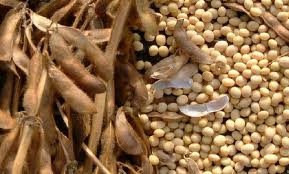
The common cold is inevitable for most, but I don’t remember the last time I had one and historically that is unusual for me. For years I had to deal with having a cold every couple of months or so and it would seem I had just gotten over the last one. I heard that the average adult catches a cold six times a year. With colds lasting anywhere from four to 12 days that’s just too many sick days for me. There is too much Kingdom work to do to be hindered with a cold and I have a lot of work to do. I don’t want anyone to spend up to 72 days a year nursing a cold when we can be ministering the Gospel and changing lives. So I thought I would share with you the changes in my diet over the last few years that I believe have helped me remain cold-free every time a virus hits my entire family.
• Stop stressing—Do what you can do. Worrying about what you have to do and the little time you have to do it WILL NOT help you accomplish any task but WILL DEPRESS your immune system and make you sick.
• Limit processed foods—Most of these are tasty but lack nutrients that keep your immune system strong.
• Eat foods high in antioxidants and antiviral properties—I love garlic, onions, berries and leafy green vegetables and these all work on my immune system’s behalf.
• Prepare fresh green juices—Green fruits and vegetables are high in antioxidants and all sorts of nutrients. Some people like to prepare green smoothies, which would be blending the produce, so they can get the fiber in addition to the nutrient properties.
• Drink teas with antiviral properties—Check out my post on Immune Builders to get some specific ones.
• Drink lots of water—Water flushes toxins from the body that would otherwise fester and work to depress your immune system.
You can use all these techniques to treat a cold but more importantly you can use them to prevent a cold. Try these and join me in having more healthy days to work to build the Kingdom of God. You will be glad you did.



